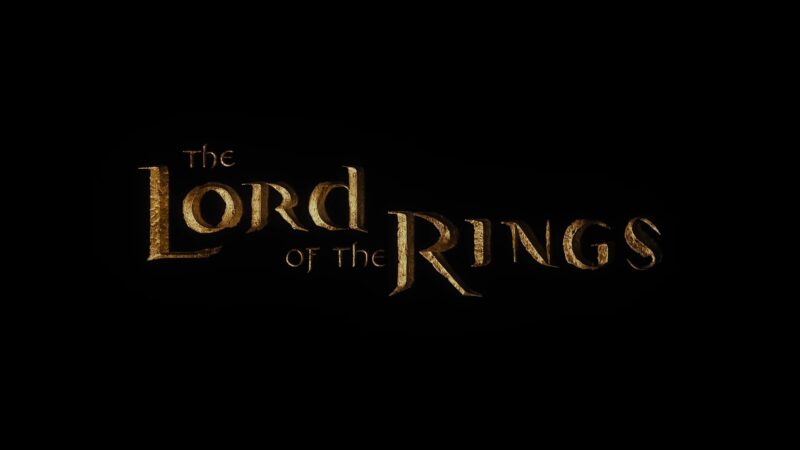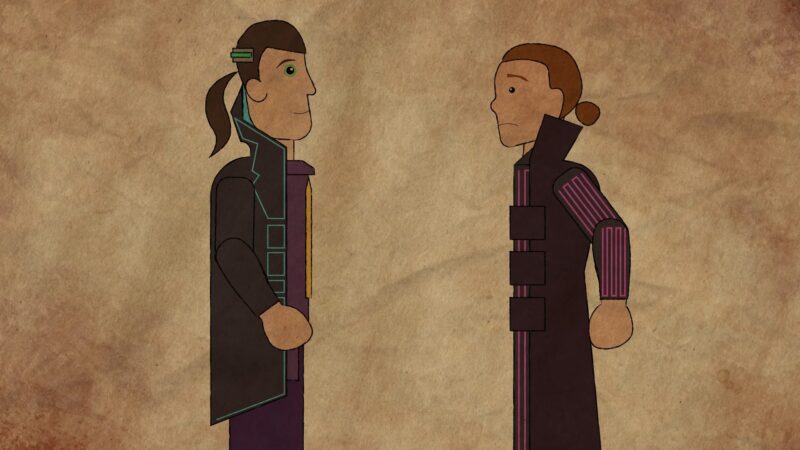Internal conflict, also known as “Character vs. Self,” is crucial in storytelling. It occurs when a character faces an ethical or emotional debate within themselves.
This conflict arises from different triggers like desire, need, duty, fear, and expectation. When these triggers compete within a character, emerge, leading to doubt, anxiety, or fear.
Examples of Internal Conflict

- Fahrenheit 451: Guy Montag, a fireman in a society where books are banned, faces a moral dilemma after stealing a book. He must choose between his duty and his newfound knowledge.
- The Hunger Games: Katniss Everdeen volunteers for a deadly game to protect her sister. She struggles with the need to survive and the reluctance to kill.
- The Lord of The Rings: Aragorn hesitates to claim his rightful throne, fearing he might turn corrupt like his ancestors.
Crafting Successful Content
For effective internal conflict, focus on consequences and stakes. Ensure your character is stuck between difficult choices, each with potential negative outcomes.
This creates tension and keeps readers engaged with questions like:
- What will the character choose?
- Will they face the anticipated consequences?
- How will they navigate the situation?
- Are they willing to risk everything?
The decision they make, driven by the dominant trigger, becomes their motivation.
Deepening Character Development Through Internal Conflict
This is not just a plot device; it’s a tool for character development. As characters wrestle with their inner dilemmas, they evolve.
This evolution forms the backbone of the character arc. For instance, a character may start as timid but become courageous, or begin selfish and grow into a selfless person.
These transformations are driven by the internal battles they face.
Techniques to Enhance
- Contrasting Desires: Place your character in situations where their desires clash. For example, a character may yearn for love but also crave independence.
- Moral Dilemmas: Force your character to make tough choices between two equally valid, but incompatible, moral values.
- Past vs. Present: Use a character’s past to create conflict with their present self. These can be unresolved issues or traumas that shape their current decisions.
Balancing
While internal conflict focuses on a character’s psychological struggles, external conflict involves outside forces. The key to a compelling story is balancing these two.
Integrating Internal and External Conflicts
- Reflect External Challenges Internally: Let external conflicts (like a villain or a natural disaster) trigger internal conflicts. How does facing a formidable enemy change your character internally?
- Project Internal Conflicts Externally: Show how internal struggles affect the character’s actions and decisions in the external world. For instance, a character’s fear of failure might cause them to sabotage their success.
Crafting Relatable and Complex Characters

Characters with internal conflicts are more relatable and three-dimensional. To create such characters:
Strategies for Developing Complex Characters
- Backstory: Develop a detailed backstory that informs your character’s current internal conflicts.
- Flaws and Strengths: Give your character a mix of flaws and strengths that are tested and highlighted by their internal struggles.
- Consistency and Growth: Ensure your character’s actions are consistent with their internal conflicts, but also allow room for growth and change.
Maximizing Impact
The crux of a gripping story often lies in how well the internal conflict intertwines with the plot. This conflict should not be an afterthought but an integral part of the narrative.
It should influence the plot’s direction, heightening tension and uncertainty.
Strategies for Weaving into the Plot
- Plot Twists Rooted in Internal Conflict: Use the character’s internal struggles to create unexpected plot twists.
- Escalating Stakes: As the story progresses, amplify the internal conflict, making the stakes higher and the choices harder.
Using Conflict to Enhance Themes
A story’s theme gains depth when mirrored or challenged by the protagonist’s internal conflict. For example, if your theme revolves around the concept of freedom, a character’s internal struggle with the idea of personal freedom versus societal responsibilities can enrich this theme.
Techniques for Reflecting Themes
- Symbolic Choices: Make your character’s decisions and dilemmas symbolic of the broader themes.
- Character Dialogue and Thoughts: Use dialogue and inner monologues to explicitly connect the character’s internal conflict with the story’s themes.
Engaging the Reader Emotionally
The ultimate goal is to create an emotional connection between the reader and the character. Readers should feel invested in the character’s journey, empathizing with their struggles and rooting for their success.
Methods to Foster Emotional Engagement
- Relatable Conflicts: Choose internal conflicts that are universally understood and relatable.
- Vulnerable Moments: Show moments of vulnerability where the character grapples with their inner demons.
- Triumphs and Failures: Let the characters experience both triumphs and failures in their internal battles, making their journey more realistic and engaging.
Crafting a Satisfying Resolution
A story culminates in how effectively it resolves conflict. The resolution should feel earned and fitting to the journey the character has undergone.
Key Considerations for Resolving Internal Conflict
- Natural Progression: The resolution should feel like a natural outcome of the character’s journey.
- Character Growth: Show how the conflict has changed or grown the character.
- Reflect on the Beginning: Tie the resolution back to the initial conflict, creating a sense of closure.
FAQ
How do I differentiate from character flaws?
Internal conflict involves a struggle between conflicting desires, needs, or beliefs within a character. Character flaws, on the other hand, are inherent weaknesses or negative traits that may contribute to internal conflict but are not conflicts themselves.
Can a story have multiple characters with internal conflicts?
Yes, multiple characters can have their internal conflicts. This can add complexity to the story, as each character’s internal struggle can interact with and impact the others’.
How long should I focus on a character’s internal conflict?
The duration depends on the story’s length and complexity. Ensure it’s adequately explored to offer depth, but not so prolonged that it slows the plot.
Can it be resolved without a clear ‘win’ or ‘lose’ outcome?
Absolutely. Sometimes, internal conflict resolution is about acceptance or finding a balance rather than a definitive win or loss.
How can I show internal conflict in a character who is not the protagonist?
Use their actions, dialogue, and interactions with others to hint at their internal struggles, even if their thoughts are not directly presented.
Is it necessary for every character?
Not necessarily. While it adds depth, not every character needs a complex internal conflict, especially minor characters.
How do I avoid making internal conflict seem forced or unnatural?
Ensure the conflict arises organically from the character’s background, personality, and the story’s circumstances. Keep it consistent with the character’s traits and motivations.
Conclusion
Internal conflict enriches a story by adding depth to characters and creating a relatable, human experience for the reader. By balancing internal and external conflicts, a story becomes more engaging and meaningful.
Understanding and effectively using internal conflict is key to crafting a compelling narrative.

